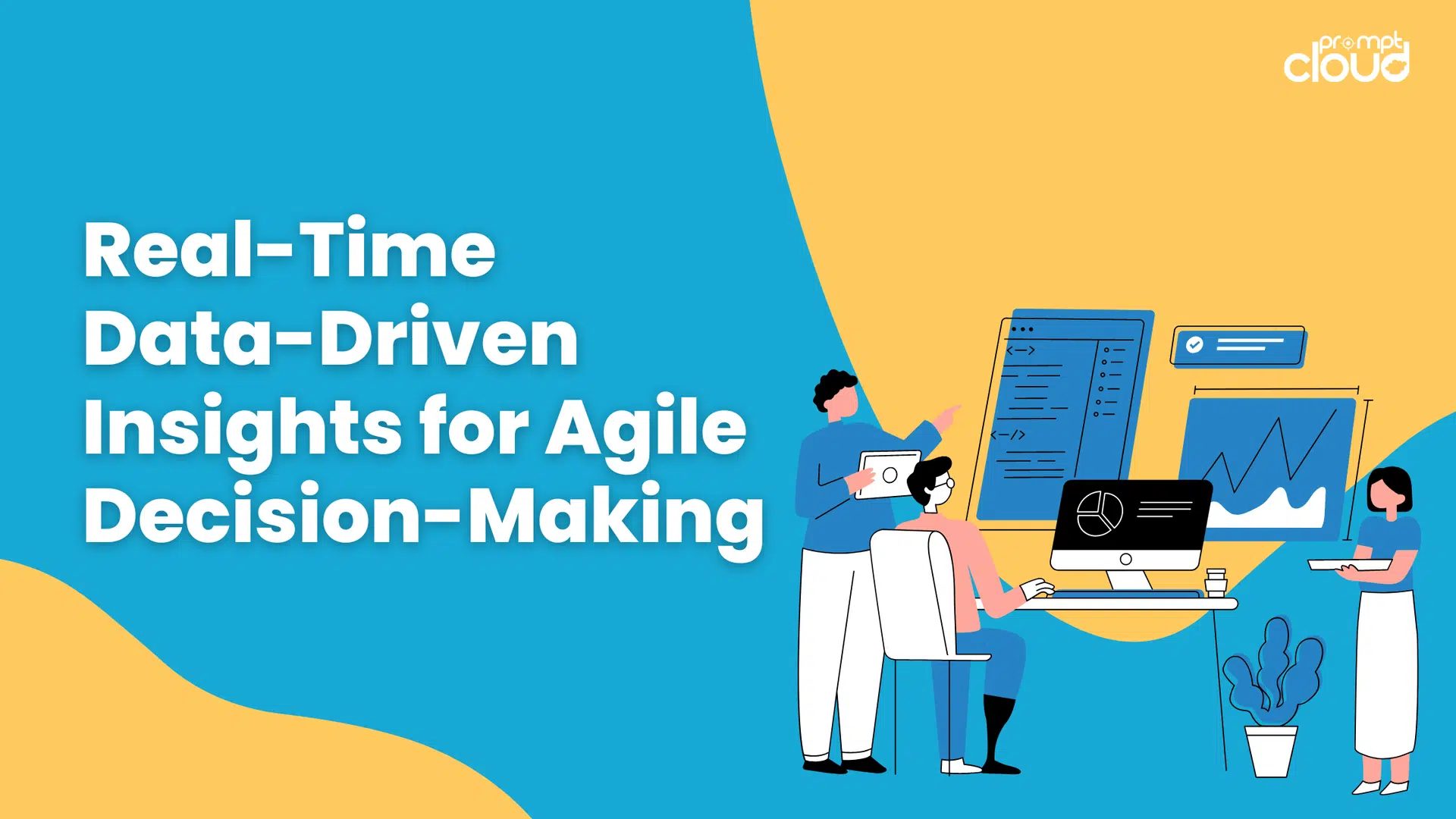Big Data is providing value to businesses across multiple industries at many levels. Take for instance the retail industry. The sector is grappling in an increasingly complex ecosystem with needs and preferences that evolve by the minute. The triple customer demands of faster service delivery, superior quality, and lower prices, is what is giving rise to big data as a weapon to counter these demands and satisfy them properly, to avoid loss of revenues.

The first step to meet these demands is to know what customers are saying about a particular brand. This will help retailers to determine what the customers need. With help of targeted web crawling provided by specialist data extraction companies, companies now have the power to extract data from potentially millions of web pages and social media platforms to great effect.
The analysis of big data generated from web crawling and data extraction
The next step is to carry out an analysis of the data collected with web crawling. This will help data scientists and marketing managers to understand what are the needs, wants, preferences, and choices demanded by the customers. As a result, decision-makers in the retail industry can quickly act to fill in the gaps in demand or tweak their product assortment, to match what the customers want to see. However, the analytics of data will not be an easy one when you have millions of rows of data available to analyze. As per Gartner, data will grow at an unprecedented 800% over the next 5 years and 80% of the data is going to be unstructured. Thus, the need for big data analysis is only going to explode in the coming few years.
How has data analytics evolved over the years?
While the analysis of data has been around for many years, it is the scale and speed at which data is now coming in, is posing problems for data scientists and analysts. As Anant Rajaraman, Senior Vice President at Walmart Global e-commerce and co-founder @WalmartLabs, says, “A lot of people know how to work with data, but now there is a lot more data so the kinds of things you can do with it and the way you work with it can are very different….. The tools [for Big Data] are very different. Many of the fundamental algorithms for predictive analytics depend crucially on keeping the data in main memory with a single CPU to access it. Big Data breaks that condition. The data can’t all be in memory at the same time, so it needs to be processed in a distributed fashion. That requires a new programming model.”
The need for real time data analytics
If we look a few years back, the advantage of real-time analytics was sorely missing from the scheme of things of digital marketers. This limitation posed problems on several fronts for the advertisers, marketing managers, and decision-makers. Though they used stats that were only a few days or weeks old, this time period was enough to make the data outdated, thanks to the tremendous velocity of the big data. This created the demand for accessing insights faster and have analytics done in a shorter time period.
The value offered by big data is reasoned enough for companies to look for faster data analytics findings and insights. As the CTO of EMC owned Greenplum, Duke Lonergan says “Every business is looking for ways to get a tighter connection with its customers, to improve prediction and move them along a trajectory. We see a certain urgency around Big Data.”
This shows that the business and technology world is increasingly leaning heavily towards real-time big data analytics on real-time data extracted from the web crawling and data extraction proficiencies of experts in the field. With the assistance of real-time data analytics, marketing managers and senior management can see in real-time, various performance metrics such as, how many people are seeing a particular product, how many are responding to a product online, and how many are actually purchasing it. For a company, it helps to increase or decrease their digital spending based on what the people are actually talking about and what is trending at that very moment. Optimizing the digital spend helps a brand to tighten its relationship with the customers and build long term brand value.
Challenges in real time data analytics
However, while real-time data analytics may look fabulous in theory, it becomes a bit complicated in actual design and delivery. Real-time data analytics generated with help of web crawling executed from data extraction companies should essentially serve the below objectives:
- Analyze the data over a long period of time, to help uncover patterns and unlock trends worth knowing
- Create models for forecasting the future or devise control systems
- Help in correlating seemingly unrelated parameters. For instance, more insights on driving behavior can be explored by examining parameters such as IoT sensor data on acceleration and speed.
As evident, there are quite a few significant challenges to surmount before the RoI on real-time analytics becomes attractive. Below are some of the key challenges –
Dependence on legacy systems:
Going a few years back – around 2009, a simple query and discovering data to answer the query took a LOT of time. Suppose if you have a query “How many customers are browsing my sites through an Android phone”, the first step to get an answer to this query would be to improve the schema in your data warehouse. This step itself would take a couple of months on average.
Hence the common tendency of data managers was to figure out the questions beforehand when designing the schema and the warehouse so that it is fitted to answer the queries when it actually comes across. However, in a dynamic environment, this cannot be a feasible case anymore. Hence dependence on legacy systems without upgrading to future-ready real-time data analytics tools such as Vertica, Hive, and MapReduce, is a big barrier to analyzing data in real-time.
How fast is fast today:
Improvement in technology landscape has ensured that entire analytics processes that used to take months, weeks, and days, now takes minutes, seconds, and micro-seconds. Data scientists simply have to think of a query and viola! They have the results of their experiments and hypotheses in front of them in practically no time at all. Shorter processing times for data analysis has now led to increased expectation.
As Justin Erickson, Cloudera’s senior product manager says “It’s about moving with greater speed toward previously unknown questions, defining new insights, and reducing the time between when an event happens somewhere in the world and someone responds or reacts to that event.” Hence the increasing demand for shortening the data analytics and insight generation time is a barrier to providing value with real-time data analytics.
Decision making:
It is fairly certain that technologies, processes, and people are now empowered to gather data quickly through data extraction and web crawling. They can also now consume and analyze data in real-time. However how are we faring, when it comes to taking actions and making decisions based on the data analysis? There are two options here –
- Human centric – The traditional approach where a senior person or decision maker will have a look at the analytics results and then make decisions based on these insights and visualization
- Automated system – An automated process can help in making the decision based on a particular result set without waiting for people to intervene.
It is obvious that having an automated system will help improve the efficacy of real-time data analytics and subsequent decision-making process. However, its inability to match the credibility of the actions taken in the decision-making process gives human-centric decision making the upper hand. This again is a barrier to improving the effectiveness of real-time data analytics.
Cultural shift:
Having real time analytics available and accessible will also impact the way companies function currently. The real time insights will deluge companies that are used to working on insights once or twice a week. Imagine if a company has built people, processes, and performance metrics on the once-a-week insights action taking approach? What will happen to the metrics, productivity, and performance when the insights start coming in daily rather than weekly, thanks to real time data analytics?
The result will be chaos if the transition is not planned in a strategic manner. This is because receiving and acting on insights every second on a daily basis will require a different culture and approach, than the traditional approach of acting upon insights on a weekly basis. Such cultural barriers at the corporate workplace in adopting real-time data analytics too will not be uncommon.
To conclude
To sign off, the immense value proposition offered by real-time big data analytics will help to propel major industry sectors of today to go past their competition in servicing clients satisfactorily and gain a competitive edge. This is provided they are able to tackle the challenges satisfactorily.
Planning to acquire data from the web? We’re here to help. Let us know about your requirements.




















